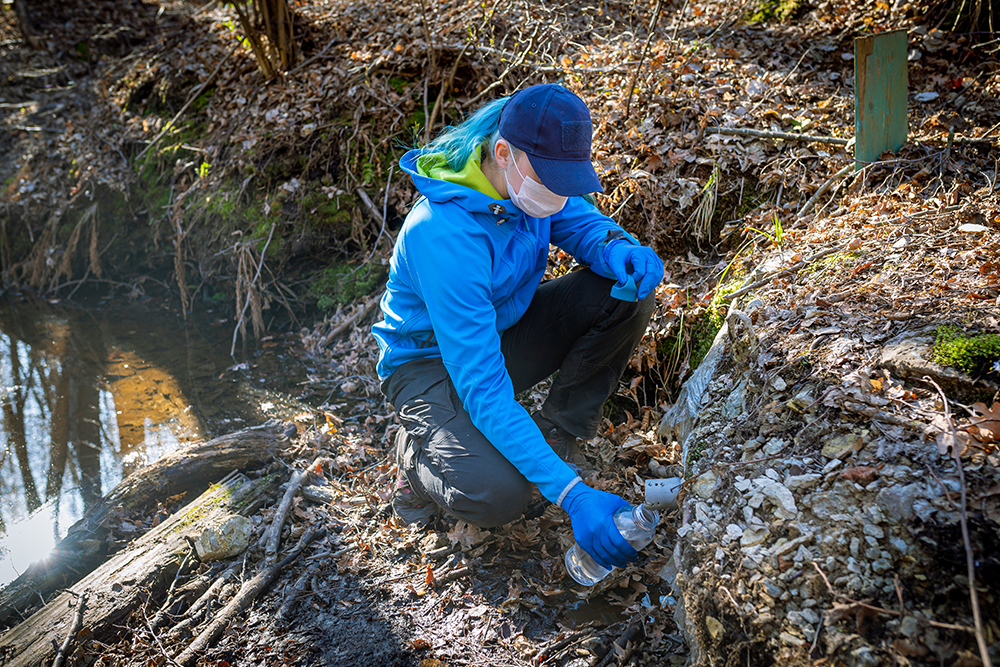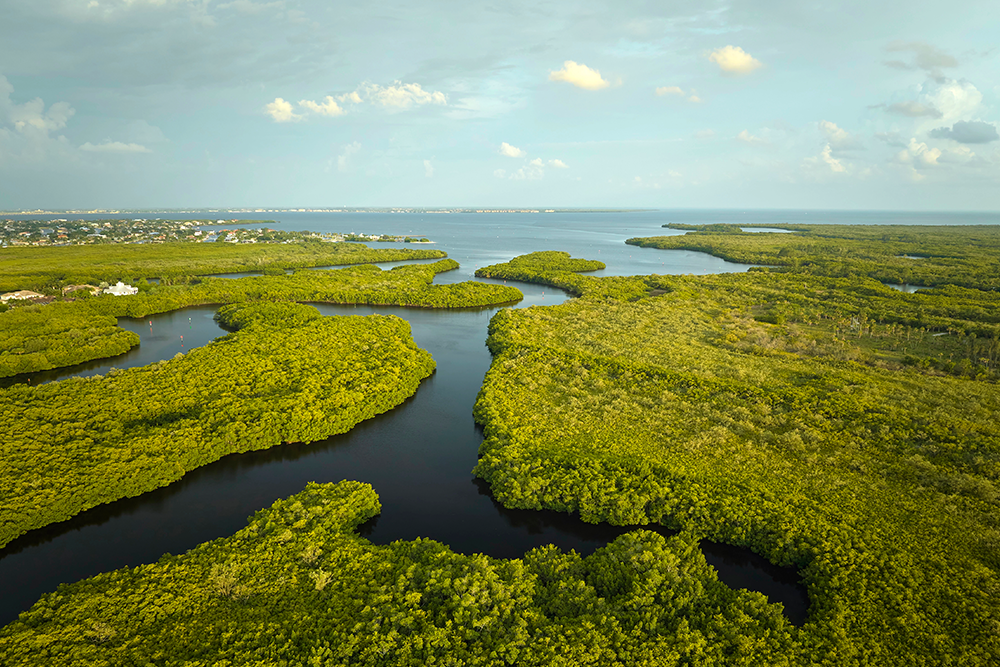Habitat Restoration Specialists: 5 Services You Need

Restoring habitats is a calculated effort that combines engineering, ecology, and practical solutions. This effort aims to revive ecosystems degraded by human activity, natural disasters, or invasive species.
As habitat restoration specialists, Coleman Environmental Engineering, LLC takes pride in designing and implementing projects that restore balance to these environments. At the same time, we also strive to support biodiversity and sustainability.
With decades of experience, our team delivers solutions beyond restoration. We create habitats that benefit the environment and the people who depend on them.
The Role of Habitat Restoration Specialists
Habitat restoration specialists are the bridge between damaged ecosystems and their recovery. To restore ecological balance and functionality, these professionals work in diverse environments.
Examples of such environments include forests, rivers, wetlands, and urban landscapes. Our expertise extends to managing invasive species, stabilizing landscapes, and creating spaces where native flora and fauna can live once more.
Habitat restoration specialists incorporate techniques and tools such as GIS mapping, ecological surveys, and nature-based solutions. The result is a well-rounded approach that tackles the root causes of habitat degradation while promoting long-term resilience. Each project addresses specific environmental challenges for meaningful and measurable outcomes.
Reviving Wetlands to Restore Balance
Wetlands are an ecosystem that plays an important role in maintaining ecological stability. They act as natural water filters, reduce the impact of flooding, and provide habitats for countless species of plants and animals.
However, pollution, urban development, and agricultural runoff have taken a toll on these vital environments. Habitat restoration specialists work tirelessly to restore these areas using targeted techniques that address wetlands’ challenges.
- Reintroducing Native Vegetation
Native plants stabilize soil, filter water, and provide food and shelter for local wildlife. Habitat restoration specialists often begin by identifying native species best suited to the wetland’s conditions. Once selected, these plants are carefully reintroduced to rebuild the natural vegetation structure.
Techniques such as direct seeding, transplanting, and marshland translocation help the plants establish successfully. Over time, these efforts lead to a self-sustaining ecosystem where native flora thrives. It improves biodiversity and ecological function.
- Erosion Control to Protect Wetlands
Erosion is a significant threat to wetland ecosystems. Without proper vegetation or stable soil, wetlands can lose landmass. This loss can impact water quality and destroy habitats.
Restoration efforts include implementing erosion control measures. This includes planting vegetation along banks, installing biodegradable barriers, or introducing coir logs that stabilize the soil until natural plant growth can take over.
These measures protect the wetland and safeguard downstream ecosystems. They achieve protection by preventing sedimentation and nutrient runoff.
Stream Restoration
Healthy rivers and streams are key to maintaining biodiversity and ecosystem connectivity. Unfortunately, erosion, sedimentation, and human interference often disrupt them. Through stream restoration, habitat restoration specialists address these issues to stabilize banks, improve water quality, and create habitats for aquatic species.
We rebuild streambeds using natural channel design principles to mimic their original structure. This approach enhances fish habitats, improves water flow, and reduces the risk of downstream flooding.
Vegetation management helps to stabilize soil and create shade for aquatic life. Every restored stream is a step toward reconnecting fragmented ecosystems and supporting the species that depend on them.
Tackling Invasive Species for Biodiversity
Invasive species are a significant threat to native ecosystems. These aggressive plants and animals outcompete native species, disrupt food webs, and degrade habitats. Habitat restoration specialists develop and implement integrated management plans to address these challenges effectively.
For example, we use a combination of mechanical removal, targeted herbicides, and controlled burns to manage invasive plants. We also work with local stakeholders to implement humane and effective population control methods in areas with invasive animal species. Early detection and proactive management are central to supporting ecosystems in recovering quickly and maintaining their natural balance.
Vegetation Management for Healthy Ecosystems
The health of any habitat depends on its vegetation. From stabilizing soil to providing food and shelter for wildlife, plants are the foundation of ecological recovery. Vegetation management services include tree planting, seeding, and habitat translocation.
For instance, habitat restoration specialists restore a degraded hillside for one reforestation project by planting native tree species and introducing erosion-control measures. Over time, the area transforms into a thriving forest, supporting wildlife and preventing soil loss. These projects demonstrate strategic vegetation management’s power in restoring ecosystems and their ecological functions.
Habitat Creation: Building from the Ground Up
When ecosystems are irreparably damaged, habitat restoration alone cannot fully address the loss. Habitat creation is a forward-thinking solution where entirely new ecosystems replace those that have been destroyed by development or environmental degradation.
Habitat creation specialists employ innovative strategies to design, build, and manage ecosystems that support a wide range of species.
- Designing Ecosystems for Specific Needs
Habitat creation is not a one-size-fits-all process. Specialists design ecosystems to meet the specific needs of the environment and the species that will inhabit it. For instance, a new wetland might be created to support migratory birds, filter water, and mitigate flooding in urban areas. Similarly, a grassland might be established to encourage pollinators and stabilize soil in agricultural regions.
The design phase involves extensive research, including soil analysis, hydrological studies, and local flora and fauna assessment. Habitat creation engineers use this information to develop detailed plans that align with the project’s environmental goals.
- Constructing Wetlands and Estuarine Habitats
Wetlands and estuarine habitats are two of the most commonly created ecosystems due to their importance for biodiversity and ecosystem services. For example, wetlands can filter pollutants, support diverse plant and animal life, and buffer against flooding. On the other hand, estuarine habitats are necessary for marine life and provide storm surge protection for coastal areas.
Habitat creation specialists use various techniques to construct these ecosystems. These methods include reshaping land contours, installing water management systems, and planting native vegetation. These steps mimic natural processes and allow the new habitat to integrate with its surroundings.
Transforming Ecosystems Through Science and Passion
At Coleman Environmental Engineering, LLC, every project we take on is a collaboration between science, engineering, and passion. From wetland revival to tackling invasive species, we deliver results transforming degraded environments into thriving ecosystems. Our approach uses cost-effective, nature-based solutions that yield lasting environmental benefits.
Explore our projects to see the impact of our work or learn about remedial construction services that go hand-in-hand with restoration efforts. As your trusted habitat restoration specialists, we are here to help you restore, rebuild, and sustain the natural world.

